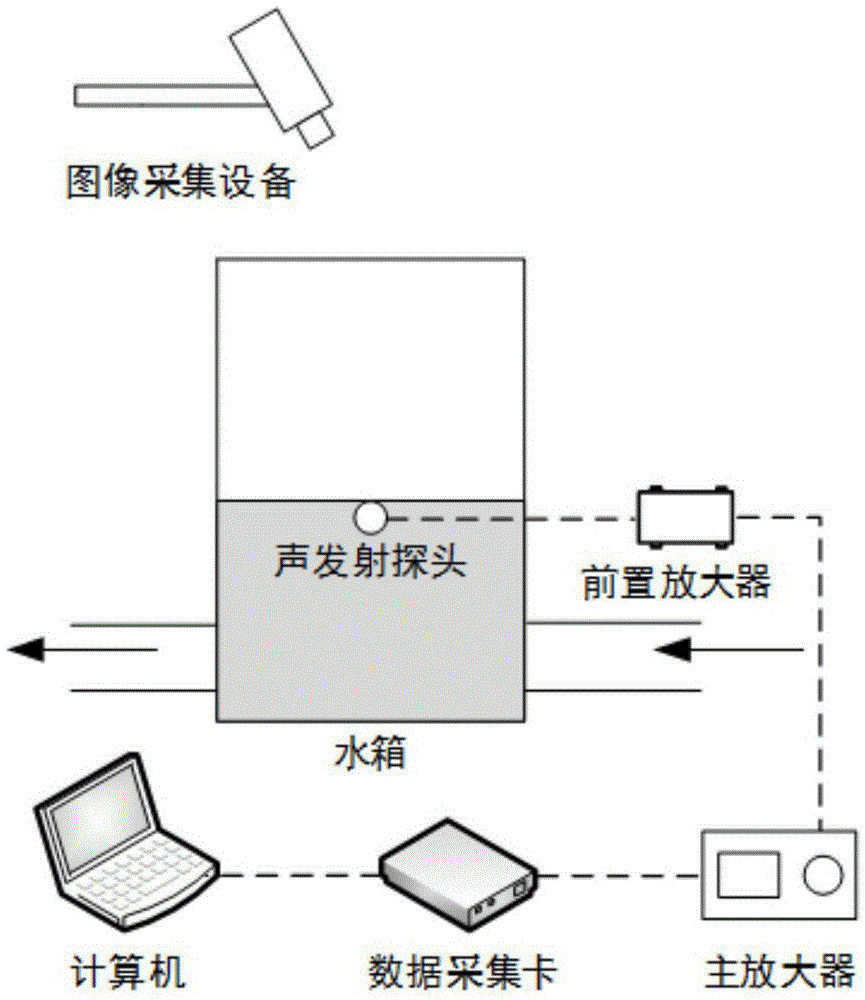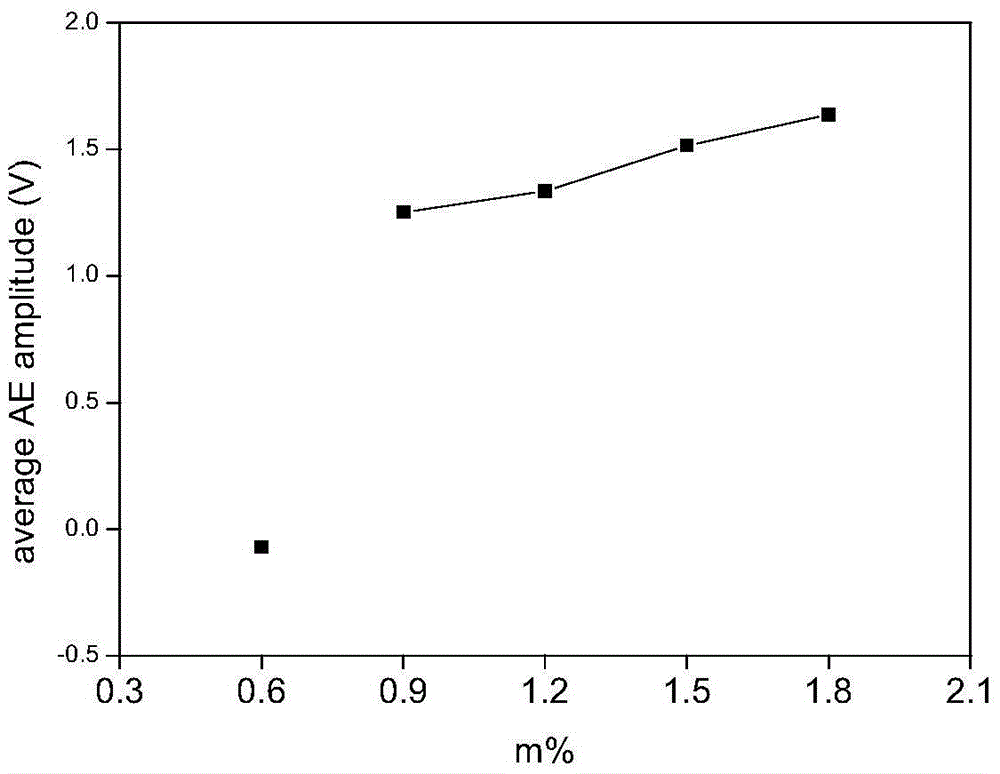Biological sound wave water quality safety monitoring method
A water quality safety and biological technology, applied in the direction of using sonic/ultrasonic/infrasound to analyze fluids, etc., can solve problems such as inability to monitor real-time, and achieve the effect of simple and convenient system
- Summary
- Abstract
- Description
- Claims
- Application Information
AI Technical Summary
Problems solved by technology
Method used
Image
Examples
Embodiment 1
[0029] Take 5 healthy loaches with similar body and weight, numbered 1-5 respectively. According to Table 1, five groups of experiments were carried out.
[0030] Table 1 Addition amount of experimental rice vinegar in each group
[0031]
[0032] The specific experimental plan is as follows:
[0033] (1) First, use a plastic bucket to hold 5kg of clear water, and put a loach in it;
[0034] (2) Waiting for the loach to be quiet and the water surface no longer fluctuates, then the hydrophone starts to continuously collect sound wave signals, and at the same time, video record the stress behavior of the loach with photographic equipment;
[0035] (3) After the signal was collected for 5 minutes, tap the wall of the bucket as a signal to add vinegar, and at the same time, add rice vinegar mixed with 2ml of red ink as a tracer into the water. Refer to Table 1 for the amount of rice vinegar added. The place where rice vinegar is added should be as far away from the loach as p...
Embodiment 2
[0056] Take 5 healthy crabs with similar body and weight, numbered 1-5 respectively. According to Table 1, five groups of experiments were carried out.
[0057] The specific experimental plan is as follows:
[0058] (1) First, use a plastic bucket to hold 5kg of clear water, and put a crab in it;
[0059] (2) Wait for the crabs to be quiet and the water surface to stop fluctuating, then use the probe to continuously collect acoustic signals, and at the same time use a camera to record the stress behavior of the crabs;
[0060] (3) After the signal was collected for 5 minutes, tap the wall of the bucket as a signal to add vinegar. At the same time, add rice vinegar mixed with 2ml of red ink as a tracer into the water. Refer to Table 1 for the amount of rice vinegar added. The place where the rice vinegar is added should be as far away as possible from the crabs;
[0061] (4) The recording and signal collection time is 30 minutes. If the crab’s stomach is facing up and there i...
PUM
 Login to View More
Login to View More Abstract
Description
Claims
Application Information
 Login to View More
Login to View More - R&D
- Intellectual Property
- Life Sciences
- Materials
- Tech Scout
- Unparalleled Data Quality
- Higher Quality Content
- 60% Fewer Hallucinations
Browse by: Latest US Patents, China's latest patents, Technical Efficacy Thesaurus, Application Domain, Technology Topic, Popular Technical Reports.
© 2025 PatSnap. All rights reserved.Legal|Privacy policy|Modern Slavery Act Transparency Statement|Sitemap|About US| Contact US: help@patsnap.com



